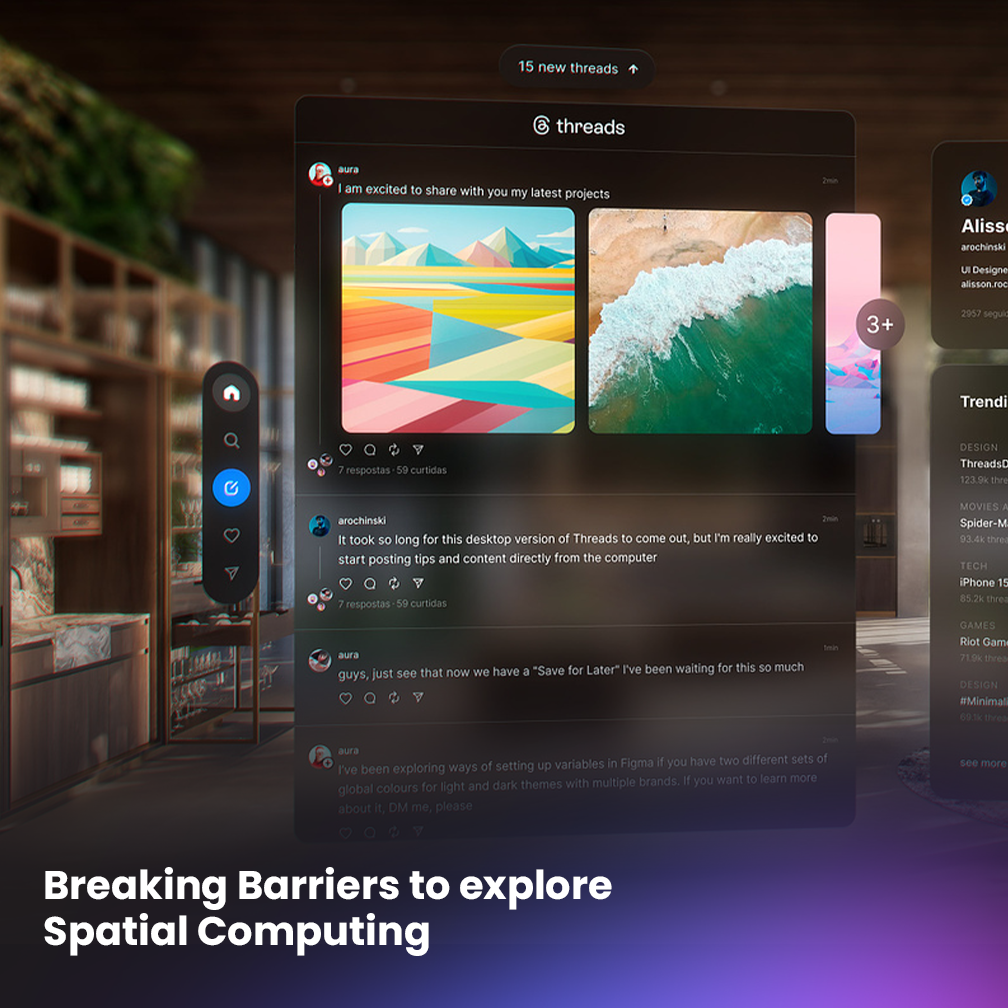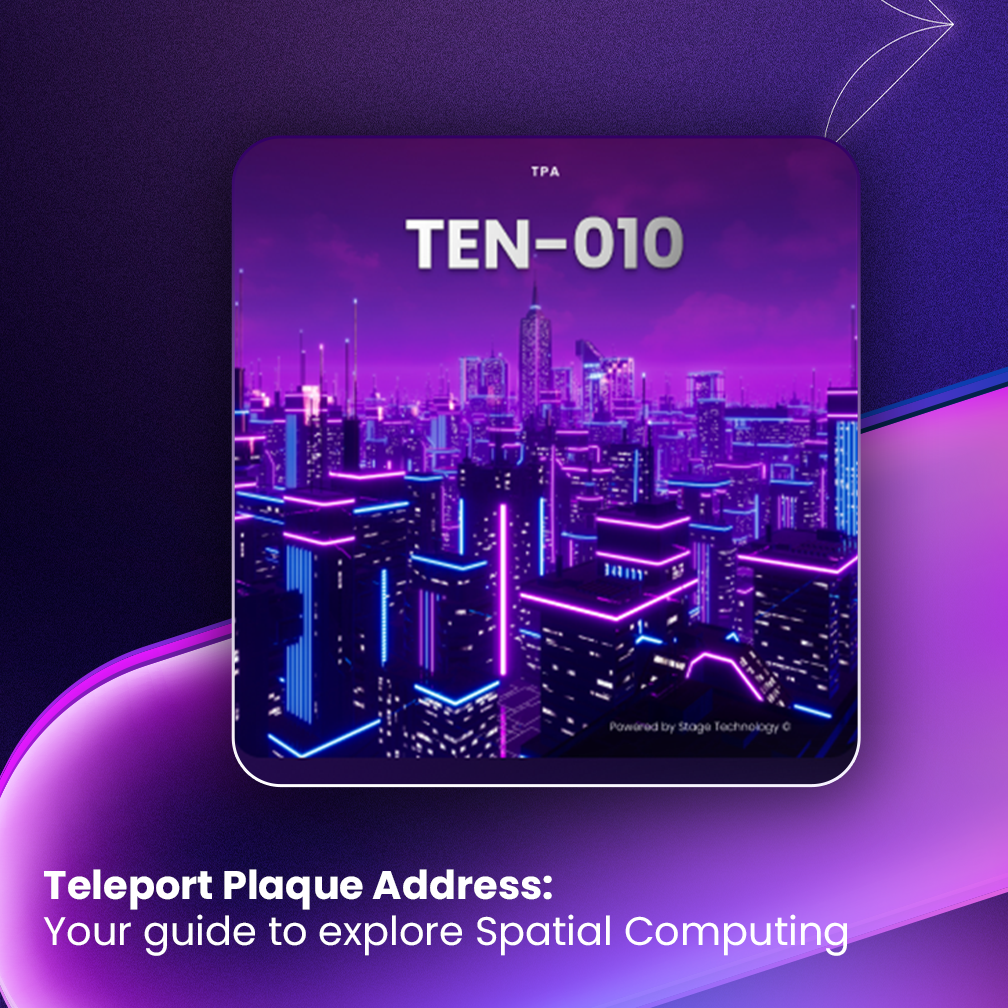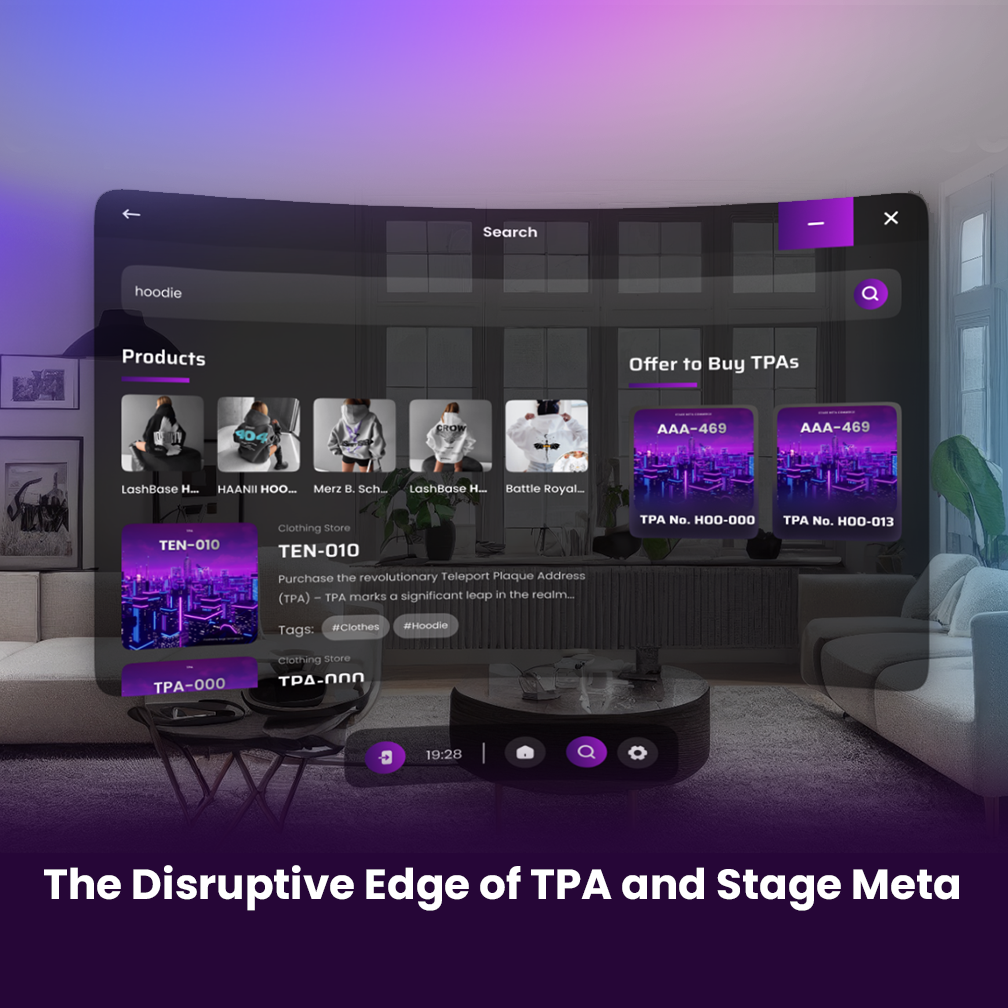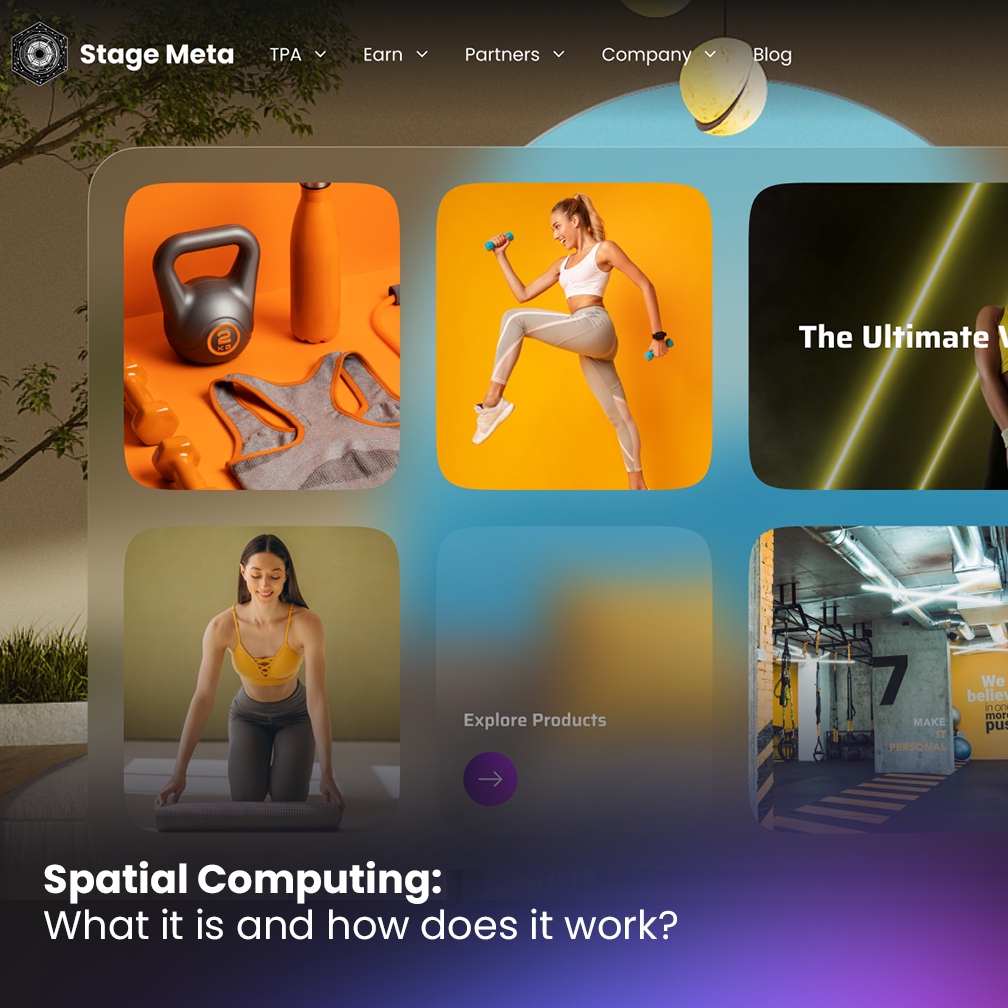
Estimated reading time: 7 minutes
Spatial Computing is a term that’s been buzzing around recently, but what exactly is it and how does it operate? In simple terms, Spatial Computing is a virtual realm where individuals can engage with each other and with digital elements in real-time. It’s an immersive experience designed to replicate the real world as closely as possible.
Spatial Computing has been hailed as the future of the internet, a place where people can work, socialize, find entertainment, attend events, and more within a virtual and immersive world. But what do we really know about these worlds? How do they function? What are their advantages and disadvantages?
In this blog post, we’ll delve into Spatial Computing, exploring what makes it unique – from its underlying technology and practical applications to its potential drawbacks.
Table of contents
What is Spatial Computing?
Spatial Computing is an ever-evolving platform that provides users with a distinctive way to navigate and interact with their surroundings.
While the concept of Spatial Computing isn’t entirely new and has been present in science fiction literature and movies for decades, technological advancements have turned this concept into a reality. Utilizing virtual reality (VR) and augmented reality (AR) technologies, Spatial Computing creates a virtual world accessible through various devices like smartphones, tablets, and VR headsets.
Spatial Computing represents a vast platform that has transformed how we engage with and explore virtual environments. With tools like the Teleport Plaque Address, users can access Spatial Computing from anywhere globally, unlocking a myriad of experiences.
From immersive gaming to collaborative projects, Spatial Computing has opened up endless possibilities for exploration and engagement. The Teleport Plaque Address technology has further enhanced functionality and safety for all users, making the experience seamless and secure.
How does Spatial Computing operate?

Spatial Computing platforms leverage distributed ledger technology, ensuring secure storage and access to assets within a virtual environment.
Moreover, these platforms facilitate transactions between users within the Spatial Computing realm and external platforms, connecting with other blockchain-based networks such as Ethereum. This interconnectedness allows for seamless interactions and transactions across distributed networks.
Cryptography plays a crucial role in securing Spatial Computing environments, safeguarding user data and privacy. To access specific locations within Spatial Computing realms, users employ tools like the Teleport Plaque Address – a unique 6-character combination acting as an address and access point.
The functionality of Spatial Computing revolves around integrating different virtual worlds through a unified platform, whether it’s a website or a software program. This seamless integration enables users to transition between various virtual environments without cumbersome logins or platform switches, offering a cohesive and immersive experience akin to the real world.
Within the Spatial Computing realm, users can create personalized avatars representing themselves or any desired entity. These avatars interact with other avatars, digital assets, and the environment itself. Communication occurs through text or voice chat, and users can engage in activities and games collaboratively.
What is Spatial Computing used for?
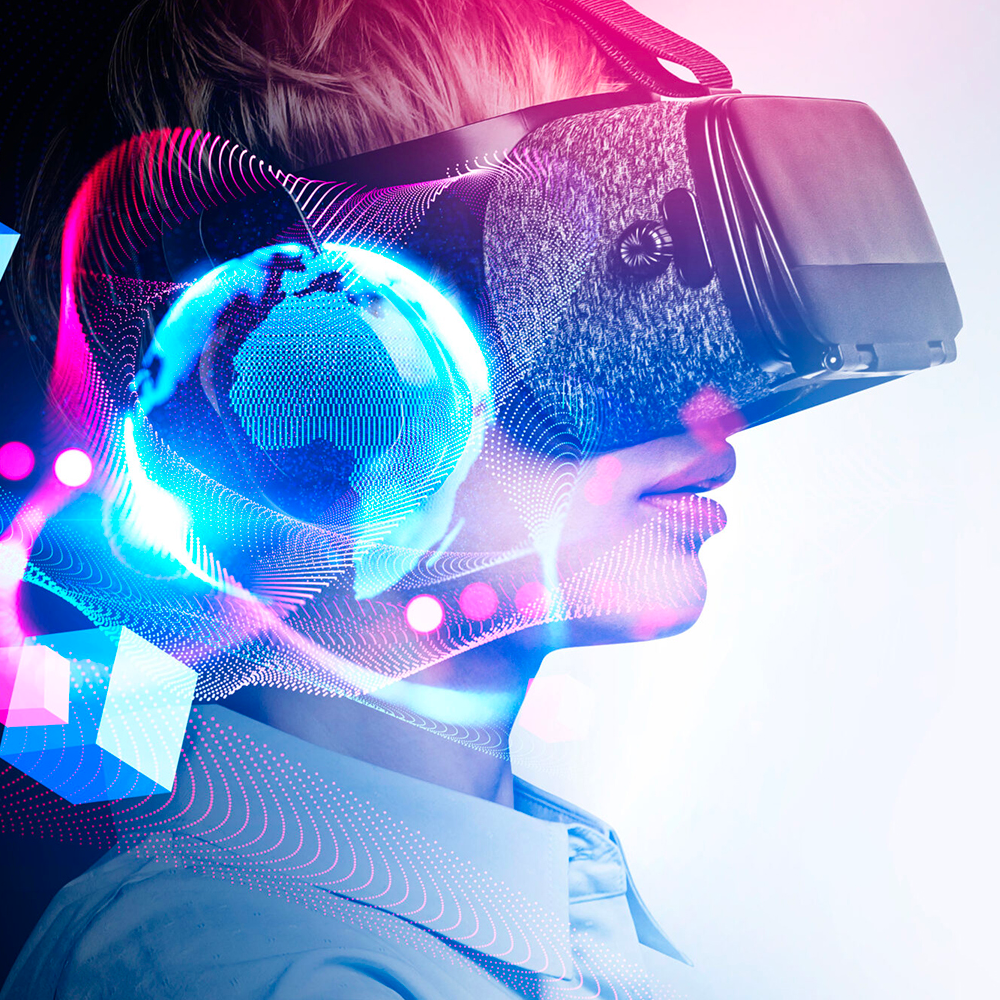
The applications of Spatial Computing span a wide spectrum, making it an enticing destination for users across different domains.
Social Interactions
Spatial Computing platforms serve as virtual reality spaces, enabling users to explore diverse worlds and experiences from the comfort of their homes. They offer secure and interactive environments for socializing and networking without compromising user data.
Business Endeavors
Spatial Computing platforms provide robust marketing tools, digital asset trading capabilities, and promotional avenues within virtual spaces. They create new economic opportunities by facilitating virtual product launches, brand engagements, and immersive customer experiences.
Educational Tools
Spatial Computing platforms enhance learning experiences by offering immersive educational content and simulations. They enable schools and institutions to create engaging learning environments that transcend traditional classroom settings, fostering interactive and collaborative learning.
Entertainment Experiences
From virtual concerts and gaming realms to immersive experiences, Spatial Computing platforms offer a diverse range of entertainment options. They host events, conferences, and exhibitions within virtual space, making leisure activities more interactive and engaging.
How to enter Spatial Computing
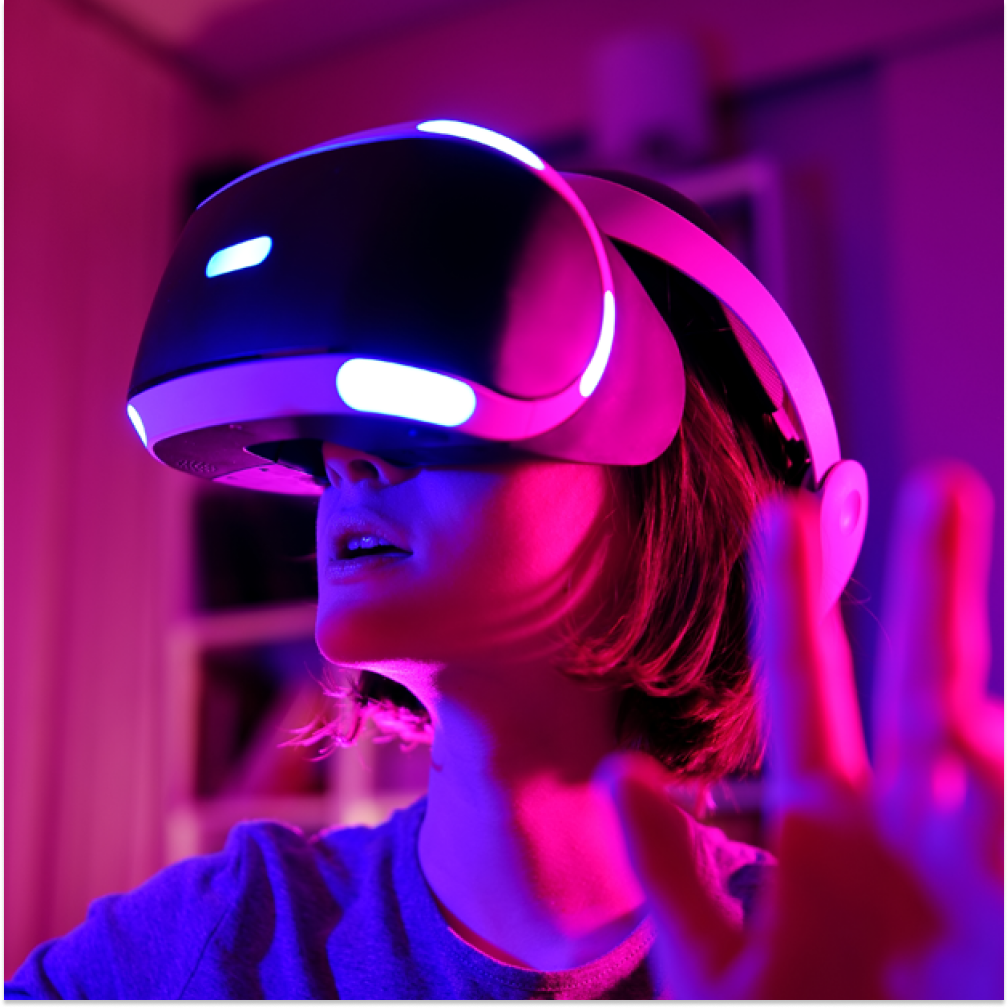
Entering Spatial Computing is a straightforward process that involves a few simple steps:
- Get a device: Ensure you have a device with a reliable internet connection. While VR headsets enhance immersion, they’re not mandatory. A powerful computer or gaming console with high-speed internet suffices. Mobile access is possible but may not offer the same immersive experience.
- Select a Platform: Choose a Spatial Computing platform suited to your needs and preferences. Platforms like Decentraland, Somnium Space, and The Sandbox offer unique features. Business-focused platforms like Stage Meta cater to specific requirements.
- Enter and Explore: Create your avatar, choose your virtual environment, and dive into the world of Spatial Computing. Interact with others, attend events, play games, and create content. Take time to familiarize yourself with the controls and features for a seamless experience.
Accessing Spatial Computing on Mobile
Accessing Spatial Computing on mobile devices involves:
- Download an App: Browse app stores for Spatial Computing apps compatible with your device, such as Decentraland, VRChat, or Second Life.
- Create an Account: Register an account, customize your avatar, and prepare to explore the virtual realm.
- Begin Exploring: Interact with users, participate in events, and enjoy the diverse experiences offered by Spatial Computing on your mobile device.
Teleport Plaque Addresses in Spatial Computing

The Teleport Plaque Address (TPA) is a unique code comprising three letters and three numbers, serving as a unique addressing system in Spatial Computing. It operates as a Smart Contract on the Ethereum blockchain, facilitating businesses’ establishment in the Spatial and other platforms.
By activating a TPA, users gain access to exciting virtual environments for interaction and exploration. Developers leverage TPAs to build decentralized applications, further enhancing the Spatial Computing experience. Overall, Teleport Plaque Address technology holds the potential to revolutionize user experiences within Spatial Computing realms.
Drawbacks of Spatial Computing

While Spatial Computing offers exciting benefits, it’s essential to be aware of potential drawbacks:
- Privacy Concerns: Inherent privacy risks exist, necessitating caution to protect user data and assets.
- Cost: Spatial Computing technologies can be expensive for both individuals and businesses, though affordability may improve with advancements.
- Immersive Distraction: Immersion in VR experiences can detract from real-world interactions, requiring users to strike a balance between virtual and physical presence.
Spatial Computing presents a dynamic platform for immersive virtual experiences, interaction, and collaboration. Through Spatial Computing, users access secure environments for transactions, social engagements, and creative endeavors.
Conclusion
Tools like the Teleport Plaque Address enhance accessibility and functionality within Spatial Computing realms, addressing key issues and simplifying direct teleportation to specific locations and activities.
While still evolving, Spatial Computing holds immense potential to reshape how we interact with digital content and each other. As technology progresses, we anticipate even more innovative applications and experiences within the Spatial Computing landscape.
